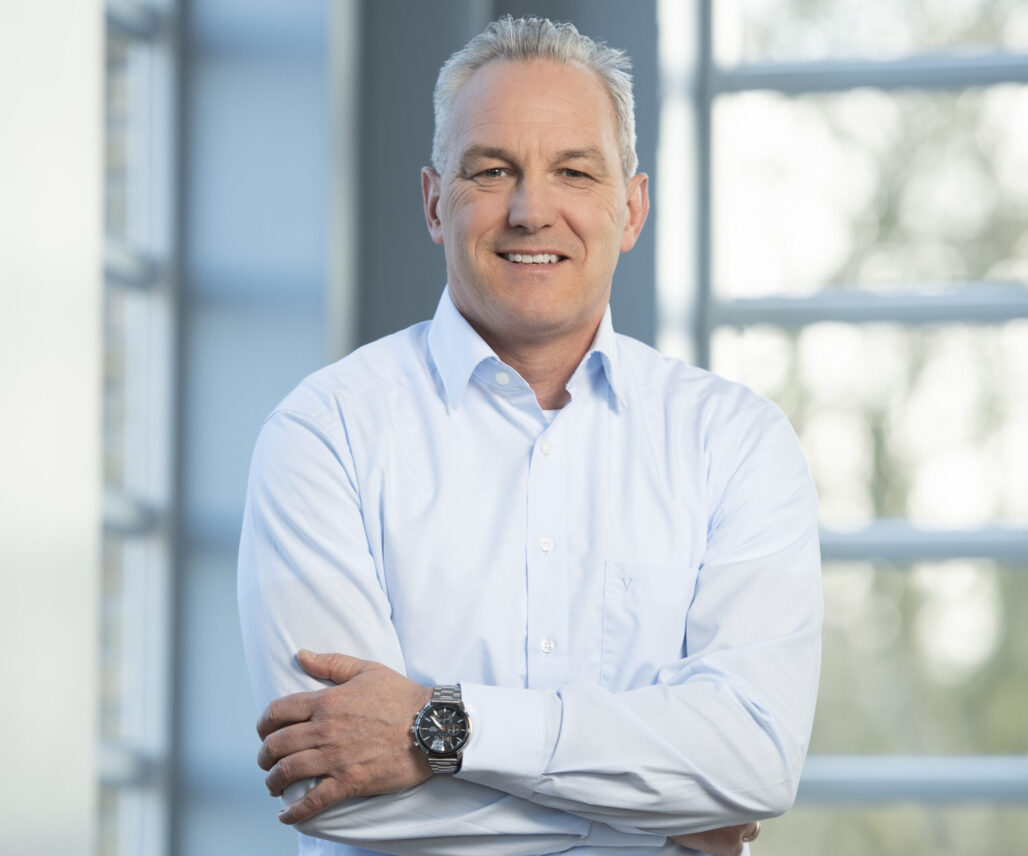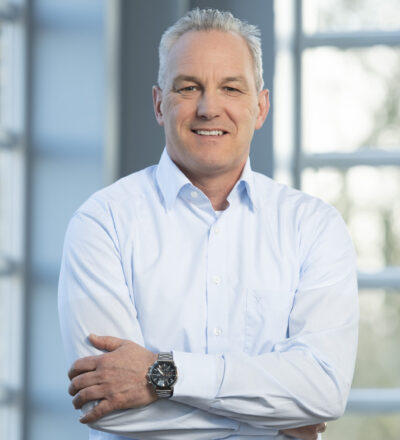The widespread use of plastic has brought many conveniences to our daily lives. However, it has also caused a significant environmental problems with the accumulation of plastic waste. The sheer amount of plastic waste that is produced globally has become a major concern for society, industry and policymakers alike. To achieve the goal of 50% CO2 reduction per kilogram of plastic by 2030, incineration of waste plastic will have to be minimized. Yet, today, at least 1/3 of all plastic still ends up in the furnace to be burned.
Despite the growing awareness of the plastic waste problem, we cannot simply stop using plastic altogether as it serves a vital purpose in various industries.
Ronald Korstanje, Program Director of the Circular Plastics Initiative, suggests “Plastic waste must be eliminated from the world, while we don’t want to lose the benefits of plastic.” In this context, it becomes crucial to find ways to make plastics without adding to the already massive plastic mountain.

Building blocks for new plastic
By 20230, the Netherlands aims to reuse and/or recycle half of all plastic waste collected. Today, this is done with only one-third of the plastic-waste. Because large-scale recycling requires new innovations. Current techniques must be further improved or optimized so that recycling will soon be efficient and trouble-free.
The Circular Plastics Initiative (CPI) is initiating part of the research into improving these techniques. Ronald: “At the moment, some 15 to 20 researchers from 15 knowledge institutions are conducting the CPI research. Among other things, they have knowledge of controlling and accelerating chemical reactions using catalysts and also pyrolysis. And that’s not all, because large (commercial) companies such as Shell, Sabic, Dow, Exxon and others have also committed to plastic recycling. They, too, hope to improve recycling technologies so that they can soon be applied on a commercial scale. In total, the CPI-program works with over 60 companies in various projects, whose experts meet regularly with the researchers to see what the research has already accomplished and how to continue it.”
Mechanical or chemical recycling for (new) quality products?
“For decades, we have been recycling mechanically,” Ronald Korstanje continues. “But far from all waste plastic can be reused in this way. In fact, this is true for nearly three-quarters of our household waste plastic. This type of waste exists out of a mixture of different packaging films, other single-use plastic with labels here and there, a stray banana peel and other contamination. Better sorting and cleaning is technically difficult and thus pricey, so it goes into the incinerator (which still provides some energy).”
Another possibility can be found in chemical recycling. “This way, much more plastic waste can be processed into raw materials for new products or plastics. Chemical recycling splits polymer chains and supplies products such as crude oil, naphtha, or fuels. However, the techniques for this need further improvement so that recycling can soon be efficient. For example, enough waste plastic of a certain quality must be available. At present, it is not yet clear what the quality of much waste plastic is and exactly what fuel it can produce. Ultimately, a “pure” product must come out, if for example, the chemical industry wants to use it. Currently, we are looking at methods such as Pyrolysis and gasification that lend themselves to processing polyolefins, such as the types of polyethylene and polypropylene.”
€124 for the National Growth Fund
But there is urgency to this matter. Many industries that depend on plastics hope for speedy development in recycling. Think for example of manufactures of food and cosmetic products: they have set goals to have 100 percent reusable or recyclable packaging by 2025 or shortly after. The auto industry has similar ambitions, Ronald explains. “Experts are looking for various answers to answer these demands. For example in the design for recycling, but also in pyrolysis and gasification.” But we are not there yet…
For these reasons, among others, the development of a circular economy for plastics is getting a big boost. In July, the government decided to make €124 million available from the National Growth Fund for projects starting in 2023 and 2024. This will allow CPI to further develop in the areas of: design for recycling, sorting & characterization and final recycling models. If all this goes well, the government will top up the amount to €220 million spread over eight years. Contributions from companies and other organizations will double this amount. This investment in innovation should lead to recycling at least half of plastic waste in the Netherlands by 2030 and achieving 100% circularity by 2050.
This interview was previously published in Shells magazine, called Shell Window.
